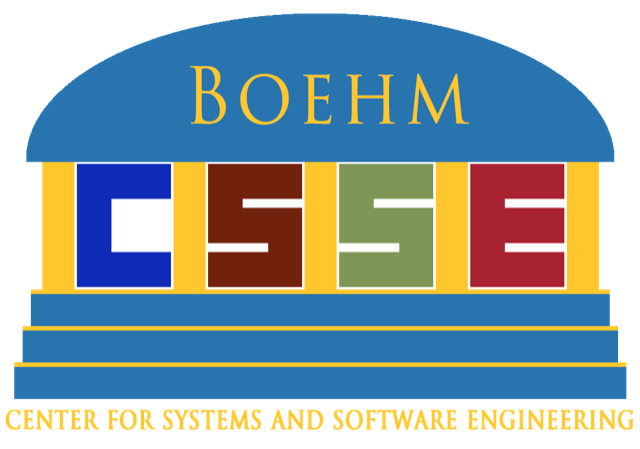Welcome to the COCOMO Models Page. COCOMO is an acronym for COnstructive COst MOdel. They are a collection of COCOMO-related estimation models and research in various stages of development. These models attempt to estimate impacts on software system cost, development schedule, defect density, and even return on technology investment associated with a variety of software development approaches and processes. Factors effecting the software cost and schedule estimates, and resulting in derivative COCOMO models and/or tools, include the use of COTS, security, Rapid Application Development approaches, and RUP/MBASE development models (non-waterfall). There are even models going beyond the purely software development arena into systems engineering.
COCOMO 81
The original COCOMO model was published in 1981 and is now referred to as COCOMO 81. It predicts software development effort, schedule, and cost (given a labor rate) via point estimates. A simple implementation of COCOMO 81 can be viewed with The Little COCOMO Calculator by Dr. Brad Clark (Boehm CSSE) and Dr. Ray Madachy (Naval Post Graduate School).
COCOMO II
CCOMO II is the updated COCOMO 81 model published in 2000. It predicts software development effort, schedule, and effort distribution via range estimates. There is an implementation of the model called the COCOMO II Web Tool by Dr. Ray Madachy (Naval Post Graduate School).
COCOMO III
COCOMO III currently in development. It is an update to the COCOMO II model. This is a work in progress and is not ready for release.
COSYSMO
The COnstructive SYStems Engineering Cost MOdel is a parametric cost estimation model specifically designed for estimating the effort and cost of systems engineering activities. Unlike COCOMO which focuses on software development, COSYSMO estimates the effort required for systems engineering tasks like requirements analysis, system architecture, integration, testing, and verification & validation. The model helps Project Managers better understand and plan for the systems engineering activities that are often underestimated in traditional software-focused cost models. There is a COSYSMO 3 Spreadsheet Model implementation by Dr. James Alstad (Boehm CSSE).
COQUALMO
The COnstructive QUALity MOdel balances the relationships between Cost, Schedule, and Quality. This model predicts software defects introduced and removed during development. COQUALMO helps bridge the gap between cost estimation and quality planning, recognizing that quality is a key factor in overall project success and cost.
COCOTS
COnstructive Commercial Off-The-Shelf software integration cost model focuses on estimating the cost, effort, and schedule associated with using COTS components in a software development project. While COCOMO estimates new development effort, COCOTS focuses on the often-underestimated effort required to successfully integrate existing commercial software components into working systems.
CORADMO
COnstructive Rapid Application Development MOdel focuses on the cost of developing software using rapid application development techniques. Rapid Application Development is an application of any of a number of techniques or strategies to reduce software development cycle time
COPLIMO
COnstructive Product Line Investment MOdel consists of a product line development cost model and an annualized post-development life cycle extension. It focuses on modeling the portions of the software that involve product-specific newly-built software, fully reused black-box product line components, and product line components.
COPSEMO
COnstructive Phase Schedule and Effort MOdel focuses on the cost of developing software as distributed over development activity stages.
Agile COCOMO
A COCOMO tool that is very simple to use and easy to learn. Incorporates the full COCOMO II parametric model and uses analogy-based estimation to generate accurate results for a new project. The analogy is based on already completed projects and only changes the COCOMO parameters.
iDave
The Information Dependability Attribute Value Estimation model lets users express time-phased information-processing capabilities, in terms of equivalent software size, and estimates time-phased software life-cycle investment costs in terms of software size and the project’s product, platform, people, and project attributes.


